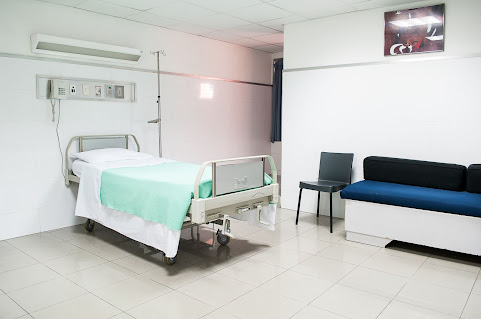Hospital Stretchers Are Becoming The Essential Part In Healthcare Procedures
A hospital stretcher is a device that is used to transport patients who require medical attention. In the healthcare industry, the hospital stretcher has evolved into a versatile instrument. These are still evolving to provide better patient comfort and caregiver convenience and ease. Other than patient transportation, Hospital Stretchers are employed as a hospital bed, surgical platform, and inspection or examination desk in acute hospital care scenarios such as emergency, military, general medical services, and rescue services during accidents. Most Hospital Stretchers are made of metal or other synthetic materials and are simple and lightweight.
In healthcare procedures, Hospital Stretchers are essential. Stretchers are commonly purchased for use at home by persons with special needs because they provide a safe means to transport patients from one location to another. There are a few things you should know about stretchers before purchasing them for medical or personal use.
Patients are transported on Hospital Stretchers, which are standard equipment. Despite the fact that they are created to serve a variety of objectives, they must ultimately keep patients safe and comfortable. They should also be as maneuverable as possible and as long-lasting as possible. Standard features vary based on the stretcher's intended use. Side rails, perimeter bumpers, oxygen tank holders, utility shelves, swivel lock wheels, and brakes are usually included.
Modern Hospital Stretchers are considerably more than just a mattress and a steel frame. Stretchers are developed to satisfy the specific needs of patients with various medical problems. Transport / generic stretchers are designed for utility and convenience of use in the emergency department. Furthermore, most ER facilities use the same stretchers so that employees are immediately familiar with them and can use their reflexes. They're the all-rounder workhorse for every hospital, with customizable patient positioning and the fifth wheel for steering assistance.
There are broader Hospital Stretchers with higher tensile components for bariatric patients, as well as high-density foam to ensure comfort. Trauma stretchers provide 360-degree access with a total-view design and surface accessibility for cassette placement in situations when patients have experienced significant injuries. They also have a fiber resin film surface and a high-density radiolucent mattress, making them suitable for use in X-Ray situations. For extended stays, gynecology, small-space clinics, and bariatric cadavers, there are even more specialized stretchers.

Comments
Post a Comment